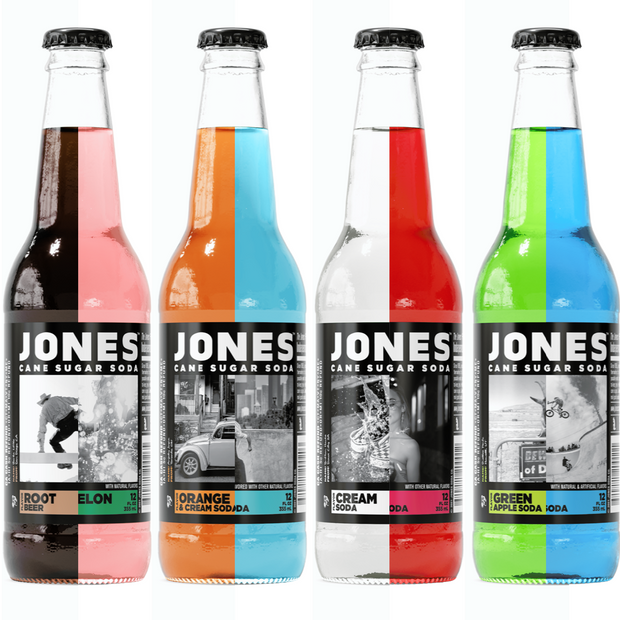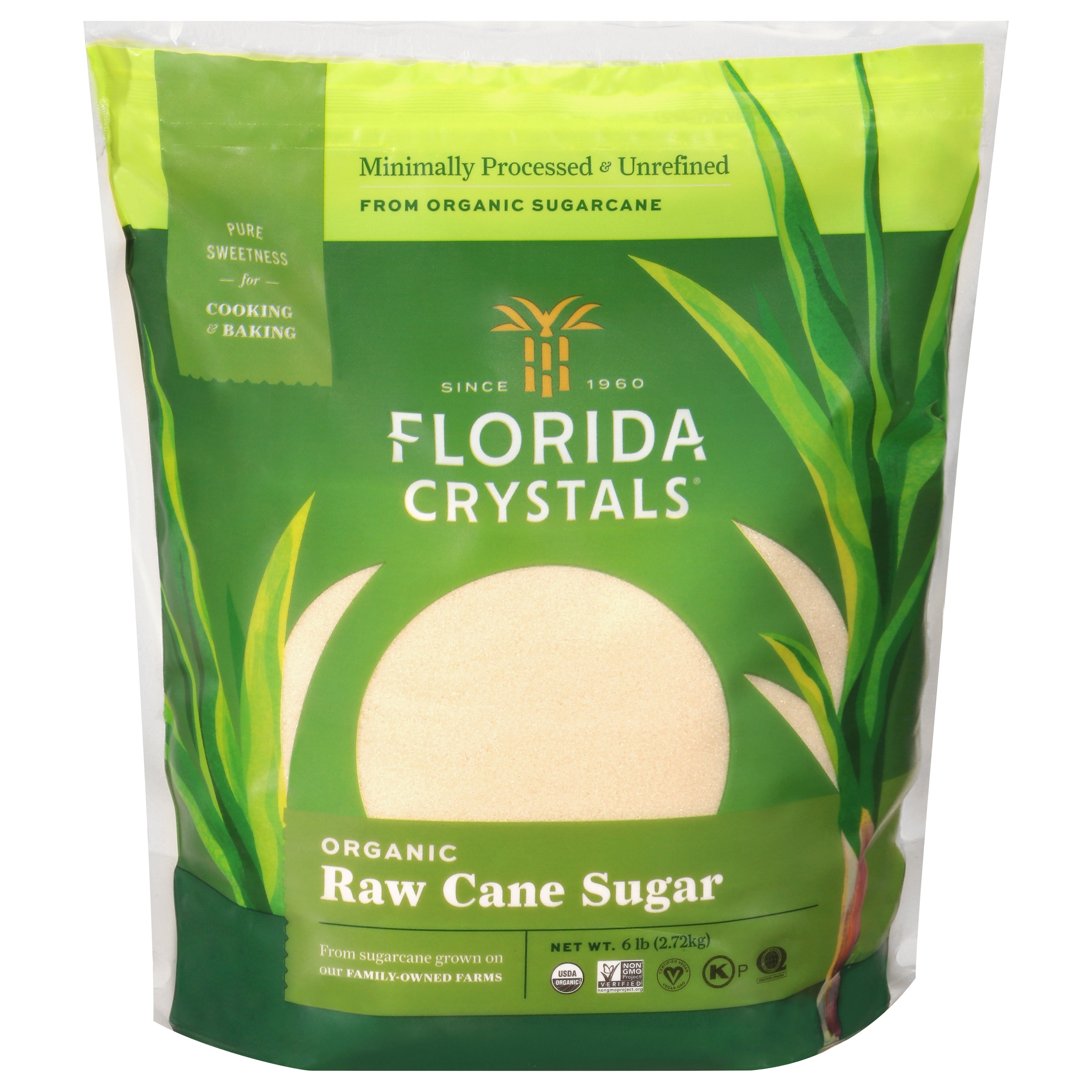Cane Sugar Processing Explained: What Happens Inside a Sugar Mill
Cane Sugar Processing Explained: What Happens Inside a Sugar Mill
Blog Article
Checking Out the Comprehensive Steps Entailed in Walking Stick Sugar Processing From Collecting to Improvement
The process of walking cane sugar production includes a collection of elaborate steps, starting with the careful harvesting of sugarcane and culminating in the improvement phases that ensure the final product meets sector standards. Each phase, from the removal of juice to the filtration and crystallization processes, plays a critical role in figuring out the top quality and character of the sugar.
Gathering Sugarcane
Harvesting sugarcane is an essential action in the cane sugar processing chain, as it straight affects the high quality and return of the last item. Appropriate timing and strategies are essential during this phase to ensure optimal sugar content and reduce losses. Usually, sugarcane is gathered when it reaches maturity, normally 12 to 18 months after growing, identified by a high sucrose focus.

Post-harvest, the sugarcane must be processed quickly to stop sucrose deterioration. Preferably, harvested cane must be transferred to refining centers within 24-hour to preserve sugar high quality. As a result, efficient logistical planning is essential to maintain the stability of the collected plant throughout the supply chain.
Removal Refine

The crushed walking stick goes through a series of pressing operations to make best use of juice recuperation. Typically, hot water is splashed onto the smashed walking stick, producing a countercurrent flow that helps dissolve the sugar while also aiding in the removal procedure. The juice collected from this procedure has not only sugar however additionally numerous natural substances and impurities.

To boost removal efficiency, some facilities may utilize diffusion techniques, where the sugarcane is taken in warm water, permitting the soluble sugars to diffuse right into the fluid. The resulting juice, abundant in sucrose, is after that directed to succeeding processing phases, laying the foundation for purification and refinement. The removal process is thus critical in establishing the quality and return of the final sugar product.
Filtration Strategies
The filtration techniques employed in walking stick sugar handling are crucial for transforming the raw juice right into a high-quality sugar product. These techniques mainly aim to remove impurities, such as soil, plant materials, and her latest blog inorganic substances, which can adversely affect the final product's flavor and color.
One of one of the most usual purification techniques is information. This procedure entails adding lime and heat to the raw juice, which helps with the coagulation of pollutants. The resulting precipitate is after that removed through sedimentation or filtration, yielding a more clear juice. Furthermore, using phosphoric acid can boost the clarification procedure by additional binding impurities.
An additional significant technique is carbonatation, where co2 is presented to the made clear juice. This response produces calcium carbonate, which catches remaining pollutants and promotes their elimination.
Furthermore, triggered carbon therapy might be applied to adsorb any kind of remaining colorants and natural contaminations, ensuring a much more refined item. The mix of these methods properly prepares the sugar juice for subsequent actions in the refining process, setting the phase for the production of high-quality walking stick sugar.
Formation Techniques
After the filtration phase, the following critical step in walking cane sugar processing includes formation approaches, which play a critical duty in changing the clarified juice right into strong sugar. This procedure normally employs two key techniques: spontaneous formation and regulated crystallization.
In spontaneous crystallization, supersaturated sugar solutions are permitted to cool down normally, leading to the development of sugar crystals over time. This approach enables for the uniform development of sugar crystals and higher purity.
During condensation, the cleared up juice is focused with evaporation, enhancing its sugar material until it reaches supersaturation. As soon as this factor is accomplished, either technique can help with the crystallization process. Cane Sugar Processing. The resultant sugar crystals are then divided from the staying syrup with centrifugation
Eventually, the option of crystallization approach affects the high quality, size, and purity of the final sugar item, making this action vital in the general walking stick sugar handling treatment.
Improvement and Packaging
Just how can the purity and top quality of walking stick sugar be better improved after formation? The refinement procedure plays an essential duty in achieving high-grade walking stick sugar.
Following, the sugar undergoes a process called centrifugation, where it is spun at high rates to separate the cleansed sugar crystals from the continuing to be liquid. After centrifugation, visite site the sugar is typically more refined with a method called carbonization or phosphatation, which uses triggered carbon or phosphoric acid to remove color and off-flavors.
When fine-tuned, the sugar is dried out to achieve the preferred wetness web content, ensuring that it stays secure throughout storage and transportation. The final step includes product packaging the polished sugar in moisture-proof and airtight containers to preserve its high quality and stop contamination. Cane Sugar Processing. Correct packaging not only extends life span yet additionally facilitates simple handling and circulation, ensuring that consumers obtain sugar that satisfies the greatest standards of purity and quality
Conclusion
The extensive steps associated with walking stick sugar processing, from the precise harvesting of sugarcane to the complex improvement and packaging stages, highlight the relevance of each phase in guaranteeing high-grade sugar production. Optimal harvesting techniques, effective removal approaches, and extensive purification processes jointly add to the end product's purity and security. The formation and succeeding packaging practices further enhance the integrity and shelf life of the sugar, highlighting the intricacy and accuracy inherent in this important farming industry.
The process of cane sugar manufacturing encompasses a collection of intricate steps, beginning with the cautious harvesting of sugarcane and finishing in the refinement phases anchor that ensure the last product satisfies market criteria. Preferably, gathered walking stick ought to be carried to processing centers within 24 hours to protect sugar top quality.In spontaneous condensation, supersaturated sugar solutions are permitted to cool normally, leading to the formation of sugar crystals over time - Cane Sugar Processing. The refinement process plays a vital role in attaining top notch walking cane sugar.The comprehensive actions entailed in walking cane sugar handling, from the careful harvesting of sugarcane to the detailed refinement and packaging phases, highlight the value of each stage in making sure premium sugar manufacturing
Report this page